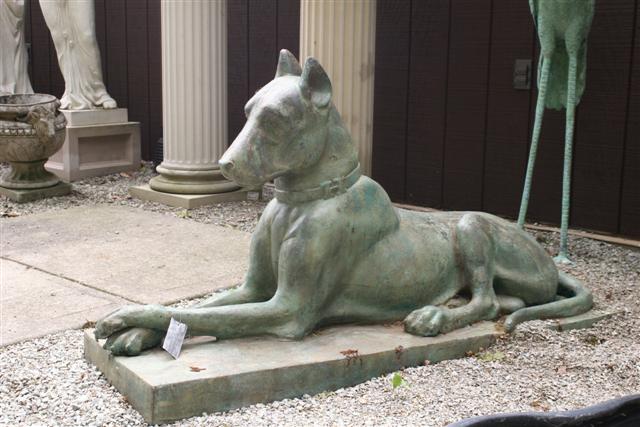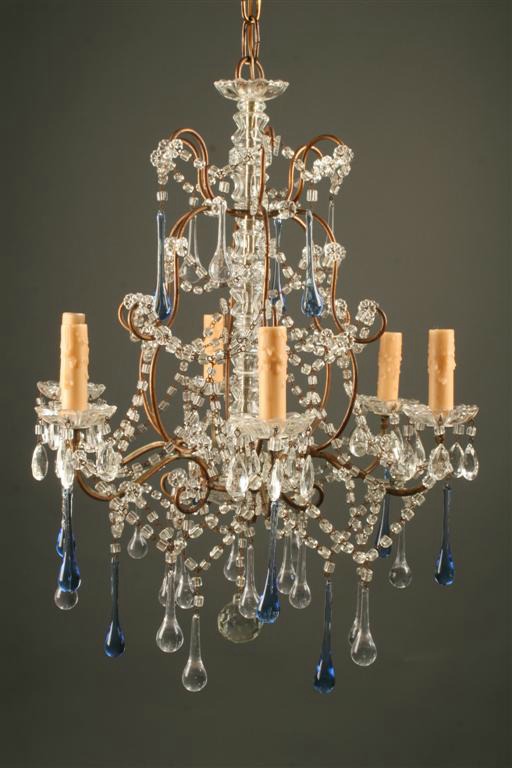Just like today’s furniture and accessories, antiques were crafted with particular styles in mind. In the case of European antiques, these decorative or architectural elements are unique to the time and place in which the characteristics were first crafted. As you peruse Beauchamp’s collection of 18th and 19th century antiques, you will note that some pieces are described by their style, such as Biedermeier era, or English Edwardian period or Louis Phillippe. Though our clients are antique-lovers, we have found that they do not necessarily know the details of each style. Therefore, we thought it would be helpful to offer a retrospective look at the different characteristics of 18th and 19th century antiques through a blog series, Styles of European Antiques.
Our second installment dives into 19th century English antiques:
The Georgian Period (1715-1830)
The Georgian Period spans far back into the 18th century and comes right up to the start of the Victorian era. It was the beginning of the widespread use of mahogany, of architects designing furniture, and the influence of both frivolous Rococo and logic-based neoclassical styles. But it was really the Mid-Georgian period designers that defined the look of the Georgian style. Those furniture makers were Thomas Chippendale, the Adams brothers, George Hepplewhite, and Thomas Sheraton.

Chippendale (1745-1780)
Like many earlier styles, Chippendale was popular in the 19th century as well. One hundred years after the Chippendale period there was a revival of his style that is referred to as centennial Chippendale. Thomas Chippendale drew much of his decorative style from Rococo, though he always chose to make his furniture functional and sturdy rather than sacrifice construction for appearances. This rather simple design choice showed his mentality leaning towards the neoclassical philosophy. The Georgian Period characteristics are most noted in Chippendale’s use of the cabriolet leg with carved feet.

Adam (1760-1790)
Though created in the 18th century, the Adam style also remained popular into the 19th century. Brothers Robert and James Adam were primarily architects employed by the very rich who began designing furniture due to the general shift in thinking about how a home is best constructed. The furnishings of a home and the house itself were now thought of as two parts of one whole. Thus, in order to design a home, one must also design the furniture, matching the outside architecture with the indoor furnishings. Robert had been studying abroad before he began his career, and he brought back Greek and Roman styles of straight lines and simple moldings, which he incorporated into his architecture as well as his furniture. He was responsible for the neoclassical style in England during that time.

Hepplewhite (1760-1790)
Another 18th century craftsman whose work signifies 19th century style, George Hepplewhite observed and learned much from Chippendale and Adam, and from their styles he picked and chose what he liked best to sell to a wide market. Hepplewhite designed furniture that kept Adam’s neoclassical simplicity, but also incorporated Hepplewhite’s love for curved lines. One can see his love for curves in his chair-back designs—shield, hooped, oval and heart-shaped backs were very popular in their day. His style was lighter than Chippendale’s, using mahogany, satinwood and refined carving rather than heavy decorative carving.

Sheraton Style (1785-1820) [suggest A5365]
Though Thomas Sheraton worked almost into the Victorian period, his style was not a transition between the Georgian and the Victorian periods. His furniture designs were heavily influenced by Louis XVI and Directoire French style. The end product was a lighter kind of neoclassical furniture. Sheraton in particular liked rectangular forms and mechanical inventions. He included many secret compartments, concealed drawers, rolling tops or sliding surfaces in his designs of secretaires, bureaus and writing desks. Mahogany was his main staple, but he used satinwood, rosewood, tulipwood and sycamore for inlaid decorations or for lighter pieces of furniture meant for drawing rooms. As per the neoclassical style, ornamentation was not overboard—brass fittings, contrasting veneer inlays, tapered legs, fluting and painted finishes made for most decoration. Carvings were sparse.
The Victorian Period (1837-1901)
The English Victorian style is the product of a society’s expansion. The middle class grew, trade exploded, and factories became capable of mass production as the industrial revolution swept Europe. Furniture was in high demand, not only because more people could afford it, but they also wanted lots of it. The middle class was demonstrating their wealth through crowding their homes with furniture. Unlike other eras, the Victorian Period did not see the rise of a new style over the old—rather, the era saw a revival and widespread use of a plethora of styles. Gothic, Tudor, Elizabethan, Neoclassical, Rococo, Jacobean, and various 18th century French styles mixed and were reproduced to furnish an eclectic taste. This mix of influences tended to produce designs that were extraordinarily ornate and not superior to their predecessors in construction. Some new materials and techniques were available to manufacturers—iron was used in many furniture pieces. Mahogany was the favored wood, though rosewood and walnut enjoyed wide use as well. Popular pieces of the time were chiffoniers and sideboards inlayed with ivory.
Questions about the different 19th century English antique styles? Send us an email, or give us a call at 1-800-860-0109.


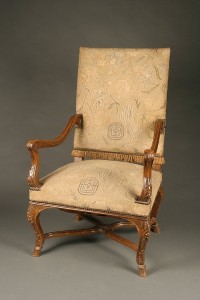
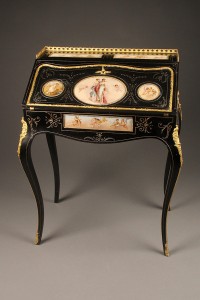 Louis XV (Louis Quinze): 1723-1774
Louis XV (Louis Quinze): 1723-1774 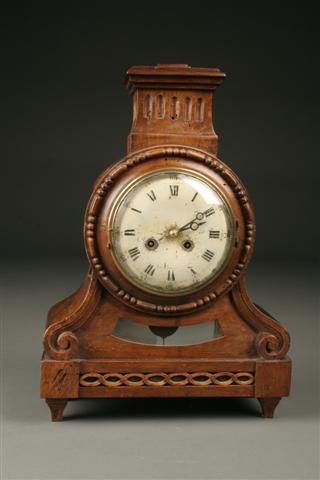


 Recycling has become a part of our everyday lives over the past few decades as our society strives to be more thoughtful stewards of our planet. However, the most effective way to lower our footprint is to reuse what we already have! Years ago it dawned on us as we were lovingly restoring our antiques that by salvaging these items we were bringing back to life beautiful, usable pieces of furniture. If we had let these treasures fall into a landfill, trees would have been cut down to create new ones. All of the items we restore took energy and resources to create. By making our pieces available through skilled restoration and preservation, antique dealers prevent the consumption of additional resources needed to recreate them. We are the original green business!
Recycling has become a part of our everyday lives over the past few decades as our society strives to be more thoughtful stewards of our planet. However, the most effective way to lower our footprint is to reuse what we already have! Years ago it dawned on us as we were lovingly restoring our antiques that by salvaging these items we were bringing back to life beautiful, usable pieces of furniture. If we had let these treasures fall into a landfill, trees would have been cut down to create new ones. All of the items we restore took energy and resources to create. By making our pieces available through skilled restoration and preservation, antique dealers prevent the consumption of additional resources needed to recreate them. We are the original green business!
